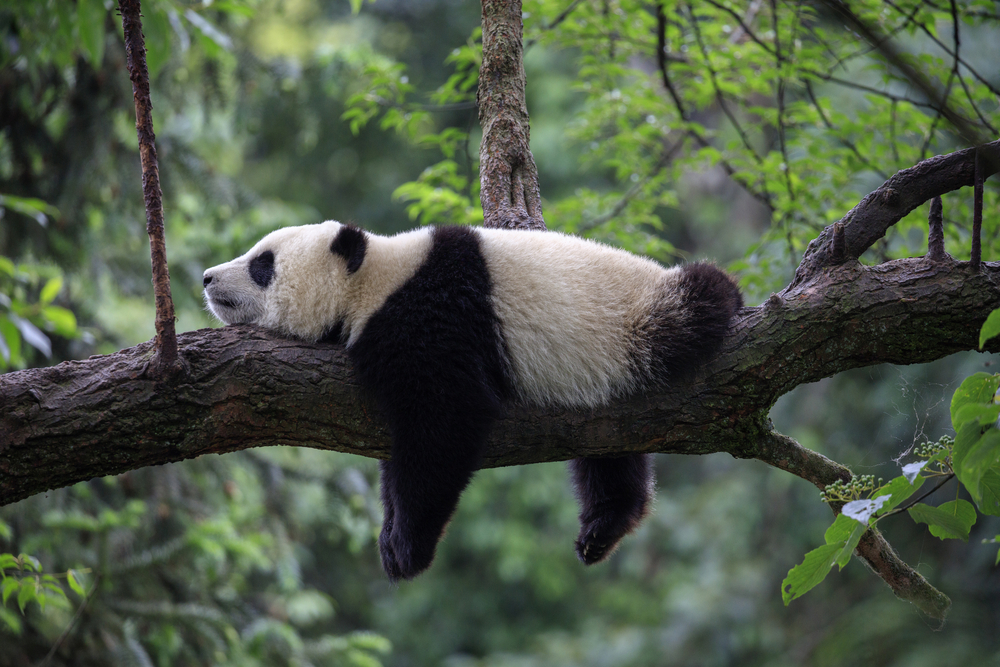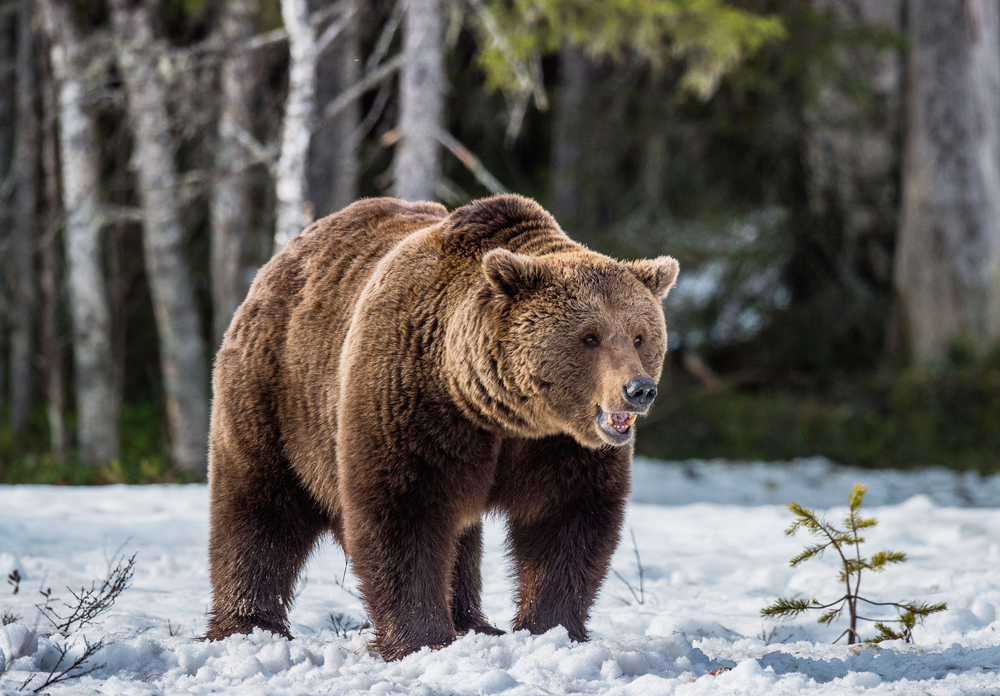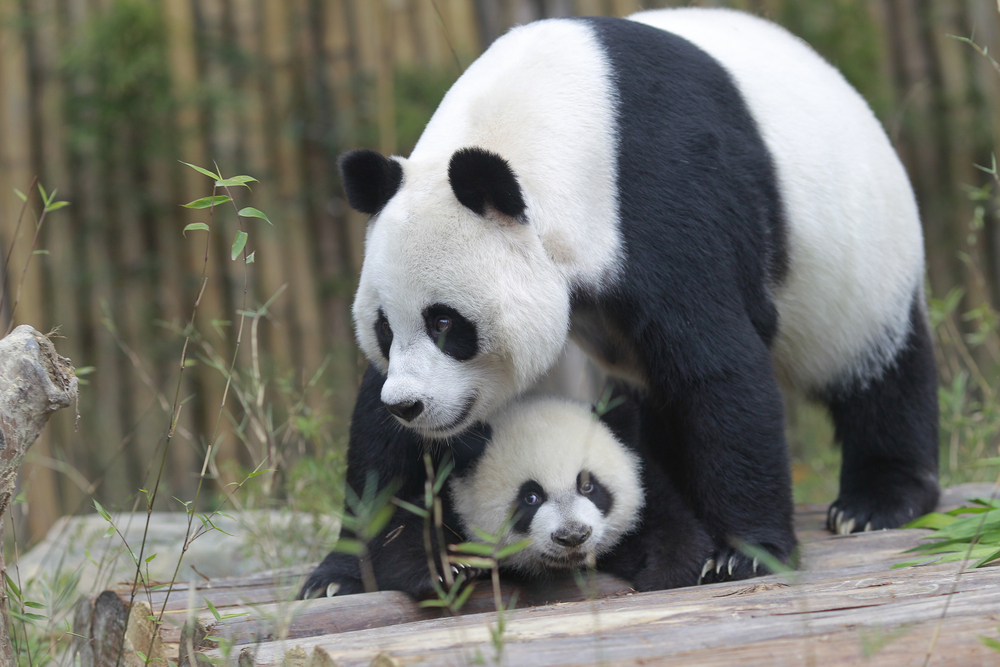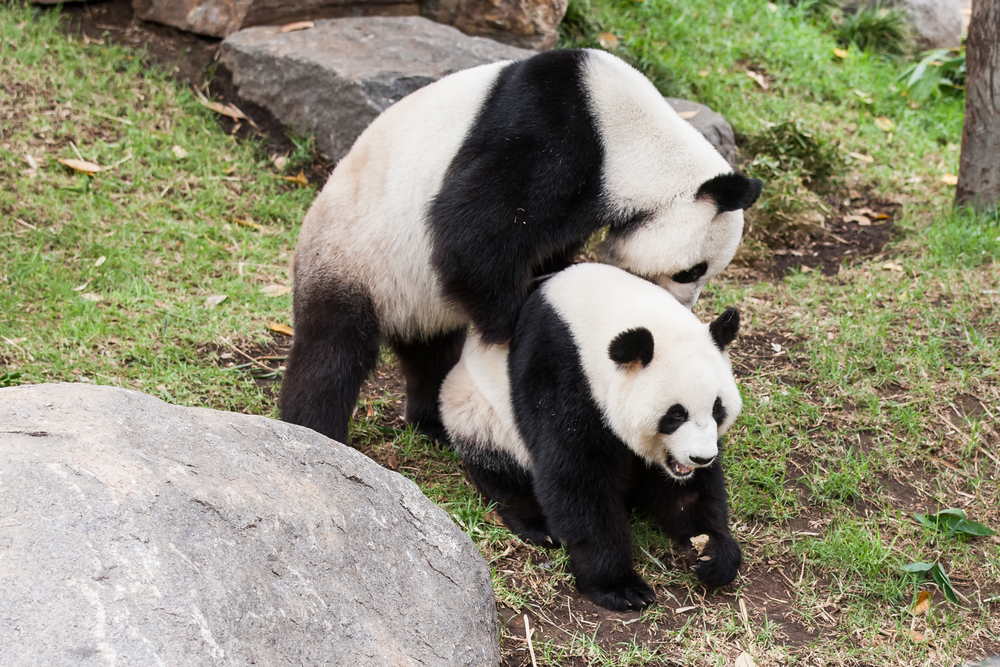Uniqueness
The Giant Panda, scientifically known as Ailuropoda melanoleuca, is a beloved symbol of wildlife conservation, recognized worldwide for its distinctive appearance and unique biological traits. Here are some key aspects that make the Giant Panda unique:
Distinctive Appearance: Giant Pandas are instantly recognizable by their bold black-and-white coloring. This distinctive color pattern is thought to provide effective camouflage in their natural forest habitats, helping them blend with the patches of light and shadow through dense bamboo forests.
Diet Specialization: Despite belonging to the order Carnivora, the Giant Panda has a diet primarily consisting of bamboo, which makes up more than 99% of its intake. They are equipped with powerful jaw muscles and flat molars to crush and grind bamboo, a diet that is highly unusual for a carnivore. They need to consume a massive amount of bamboo daily to meet their energy requirements, eating up to 38 kilograms (84 pounds) of bamboo shoots a day.
Reproductive Challenges: Pandas are known for their notoriously low reproductive rate, both in the wild and in captivity. Females are fertile for just 24 to 72 hours once a year, and they typically give birth to one or two cubs, though only one usually survives. This low birth rate has been a significant challenge in increasing their population.
Adaptations for Bamboo Diet: The Giant Panda’s thumb, which is actually a modified sesamoid bone, allows it to grasp bamboo stalks. This “pseudo-thumb” is a remarkable adaptation that enables the panda to handle bamboo with great dexterity.
Behavior: Giant Pandas are generally solitary, with adults meeting only during the brief breeding season. They communicate through vocalizations and scent marking, using a variety of calls to express things like proximity, sexual receptivity, and aggression.
Conservation Icon: The Giant Panda has become a global icon for conservation efforts, highlighted by their role as the symbol of the World Wildlife Fund (WWF). Intensive conservation programs, both in China and around the world, have helped their numbers slowly recover, although they remain a conservation-dependent species.
Habitat: Native to a few mountain ranges in central China, mainly in Sichuan, but also in the Shaanxi and Gansu provinces, the Giant Panda relies on montane forests rich in bamboo. These forests are crucial not only for the pandas’ food supply but also provide essential ecosystem services like water and soil protection.
Cultural Significance: In Chinese culture, the panda is a symbol of peace and good fortune. They are often portrayed as gentle and friendly, contrasting with the more aggressive tiger, and have been revered in Chinese culture for centuries.
The combination of their striking appearance, unusual dietary habits, significant reproductive challenges, and their status as a conservation icon makes the Giant Panda a unique and globally recognized species. Their survival and propagation are seen as critical indicators of the success of global conservation efforts.











































































